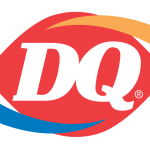
Ranch Dressing: America’s Favorite
Although it first began showing up on supermarket shelves in the early 60s where I grew up, I really don’t recall its popularity soaring until some twenty years later while I was cooking in New York City. It was there in the “big city” that I started to think, “Folks are so crazy about this […]





